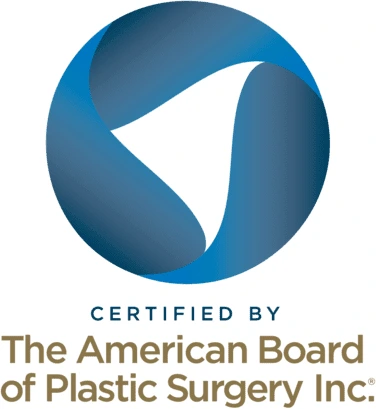Phalloplasty and Metoidioplasty Revisions
Medically reviewed by Ellie Zara Ley, MD on October 3, 2024.
On some occasions, patients who have undergone a phalloplasty or metoidioplasty with the GCC or another surgical practice are not satisfied with the results of their initial bottom surgery procedure(s). Complications can occur with any surgery, and some patients may want or need additional surgeries to resolve them. This article describes the revision surgeries we can offer to patients who have undergone a phalloplasty, metoidioplasty or related procedure. Please make sure to tell your surgeon if you are experiencing any issues during or after your initial healing.
Urethral Revisions
Some patients may experience issues with urination after surgery, which can include inability to urinate, urine spraying, frequent urination, urinary retention, etc. A cystoscopy may be performed using a narrow tube with a lens to look inside the urethra to identify the cause of these issues. This may be performed under local anesthesia or under general anesthesia as an outpatient procedure. We encourage you to share any concerns that arise around irregular urination–such as the presence of blood, increased straining, urinary retention, frequent urination or a urinary tract infection––with your surgical team and local provider(s).
Urethral Stricture Repair
A stricture is a narrowing of the urethra caused by a buildup of scar tissue. If a stricture negatively affects urination, it can be revised by cutting out the scar tissue and replacing it with a graft from the inside of the cheek, also called a buccal mucosa graft. The inside of the cheek, from where the graft is taken, is stitched together and heals without affecting the appearance of the face.
Urethral Fistula Repair
A fistula is a hole between two structures. In these procedures, a fistula can form between the extended urethra and the scrotum. This causes urine to leak through the lengthened urethra and the scrotal dehiscence.. A fistula is usually discovered within the first 8 weeks following surgery. They may heal on their own, ora revision surgery may be necessary to close the fistula.
Please note that while fistulas (urinary leaks) are not considered medical emergencies, urinary strictures (when the urinary tract is obstructed and patients cannot urinate) require that patients go to their closest emergency room or urgent care service.
Phalloplasty Revision
After a phalloplasty, some patients may have a penis that has too much length or girth for their liking. In this case, some of the tissue and fat from the penis can be removed in a revision surgery to reduce the length and/or girth of the penis. Please note that this type of surgery is only for patients who have undergone a prior phalloplasty procedure.
Removal of Erectile Device
An erectile device can be implanted after phalloplasty. The erectile device can also be removed after it is implanted. This may be required or preferred for a number of reasons, such as infection, malfunction of the device, pain, no longer wanting it, etc. To remove the device an additional surgery will be needed.
Click Here to Request the Next Steps to Schedule a Consult!
We offer complimentary virtual and in-person consultations with our board-certified surgeons. Click here to complete our consultation request form to learn more about the next steps in your patient journey.
BOOK CONSULTATION



